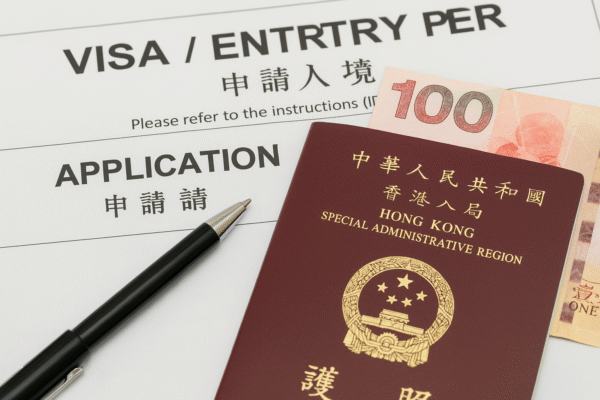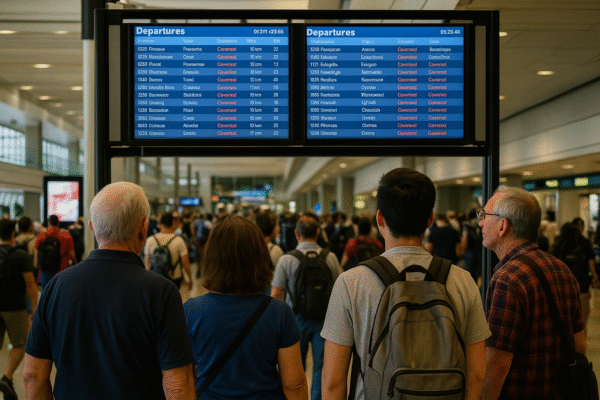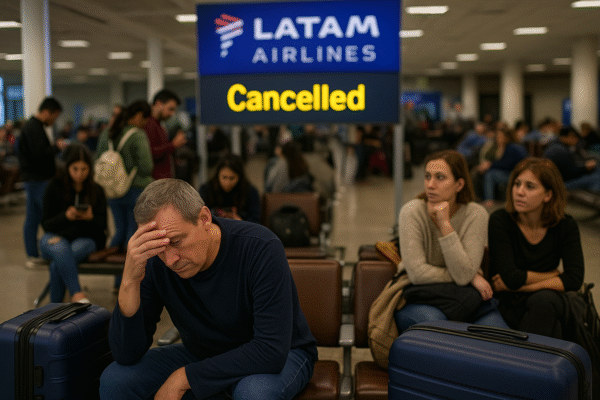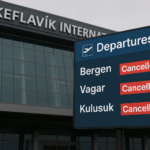LATAM Airlines is currently grappling with a major disruption, with at least 18 flight cancellations stranding travelers across key airports in Ecuador, Peru, Brazil, Chile, and Argentina. The wave of cancellations comes as a potent reminder of how external factors like weather, infrastructure constraints, and operational bottlenecks can swiftly unsettle travel plans.
Widespread Regional Impact
Across Latin America, cancellations have forced passengers to endure extended waits at airports including Quito’s Mariscal Sucre, Guayaquil’s José Joaquín de Olmedo, Lima’s Jorge Chávez, Arequipa’s Rodríguez Ballón, Santiago’s Comodoro Arturo Merino Benítez, Porto Alegre’s Salgado Filho, and Chile’s Mocopulli. In Argentina, flights were halted at Jorge Newbery in Buenos Aires, adding international disruptions to the mix.
This disruption has included both domestic and international routes, from Peru’s crucial tourism corridors (such as Lima–Cusco and Lima–Buenos Aires) to Brazil’s busiest domestic itineraries between São Paulo and regional hubs like Porto Alegre and Salvador.
Peru and Argentina: Flight Suspensions Escalate
LATAM’s rollout of trouble intensified in Peru and Argentina, where eight additional flights have been suspended and around 25 others delayed. Affected is a critical grid of routes, including Lima–Arequipa, Lima–Cusco, and Lima–Buenos Aires, all severely impacted by shifting schedules and glass‑ceiling constraints on rebooking flexibility.
The Root Causes: Weather and Operational Strains
The airline attributes much of the disruption to shifting weather patterns—ranging from coastal storms in Brazil to unstable skies over Andes airports—and concurrent operational challenges. These include air traffic control delays, airport congestion, and ripple effects from previous delays that reverberate through tightly knit flight schedules.
In Brazil, despite maintaining most services, LATAM reports a delay rate near 7%, especially on heavily trafficked routes originating from São Paulo.
Traveller Turmoil and Response
Passengers left stranded at terminals across the region have experienced frustration and stress—particularly those with tight connections, urgent business matters, or scheduled tourism engagements. The airline is responding by offering rebooking alternatives, compensation where possible, and heightened communication via official channels.
Travel advisories recommend closely monitoring flight statuses via LATAM’s official platforms and being prepared to pivot plans accordingly. The airline is also emphasizing flexibility in rerouting and refund arrangements to ease passenger burdens.
Consumer Sentiment and Operational Aftershocks
Consumer watchdogs across the region note an increase in complaints related to delays, flight changes, and baggage mishandling throughout early 2025. These grievances reflect growing traveler frustration and calls for more proactive transparency and timely resolution from LATAM.
Furthermore, LATAM is navigating an added operational challenge: in Brazil, the collapse of regional partner Voepass—stemming from safety violations and a revoked operating permit—led to a sharp breakdown of their codeshare agreement, amplifying pressure on LATAM’s network flexibility and scheduling redundancy.
What Travelers Should Do Now
- Stay Alert: Regularly check flight statuses through the airline’s app or website.
- Be Flexible: Rebooking and compensation are available, but require proactive engagement.
- Plan Smart: Build buffer time into connections or travel schedules, anticipating potential delays.
Looking Ahead: Stabilizing Flights Requires Coordination
LATAM is working diligently to restore stability across its network. Yet, systemic solutions such as infrastructure improvements, robust contingency planning, and transparent communication are critical to preventing future disruptions.
For travelers, the immediate focus should be resilience—remaining informed, adaptable, and armed with alternative options. As high-traffic travel seasons approach, shorter turnaround times and tighter margins mean even small disruptions can escalate quickly. Ultimately, a coordinated approach between airlines, airports, and aviation authorities will be key to smoothing the skies ahead.
For more travel news like this, keep reading Global Travel Wire















